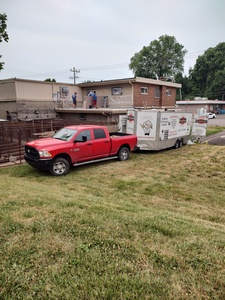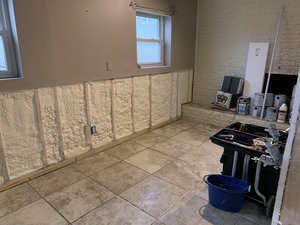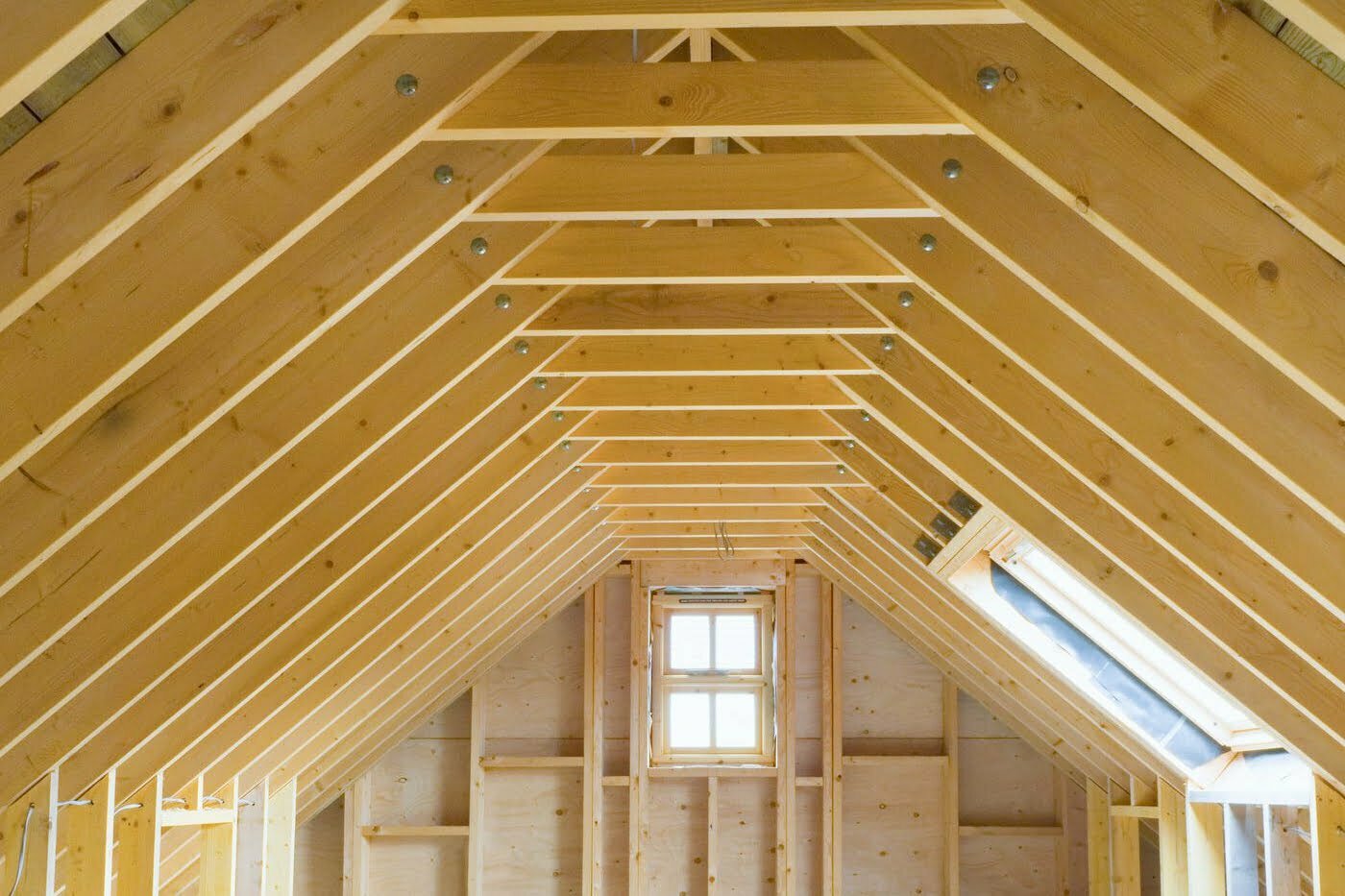Insulation is crucial to any building, ensuring comfort, energy efficiency, and structural integrity. However, there are situations when existing insulation needs to be removed or extracted if existing insulation has lost its effectiveness, become wet or moldy, or poses health risks due to the presence of hazardous materials like asbestos/vermiculite. Insulation extraction removes old, damaged, or contaminated insulation materials from a building’s walls, attics, crawl spaces, or other areas. This article will explore the process of extraction, its various types, and the reasons why it may be necessary.
Types of Extraction Services
Extraction services cater to different types of buildings and their specific requirements. The three main categories of insulation removal are:

- Residential Extraction: Residential insulation removal focuses on removing old or damaged insulation from homes. This may be necessary due to water damage, pest infestations, or the presence of hazardous materials. Residential extraction services, like attic insulation removal, ensure that the home is left clean, safe, and ready to install new, high-quality insulation.
- Commercial Extraction: Commercial buildings, such as offices, retail spaces, and restaurants, may also require insulation removal. This could be due to renovations, upgrades, or the discovery of damaged or contaminated insulation. Commercial extraction services work closely with building owners and managers to minimize disruption to business operations while ensuring a thorough and efficient removal process.
- Industrial Extraction: Industrial facilities, such as factories, warehouses, and power plants, often have unique insulation requirements. Industrial insulation removal services are equipped to handle large-scale projects and work with various insulation materials, including specialized high-temperature or fire-resistant insulation.
Reasons to Have Insulation Extracted
There are several reasons why insulation extraction may be necessary:
- Water damage: If insulation becomes wet due to leaks, condensation, or flooding, it can lose its effectiveness and promote the growth of mold and mildew. Extracting the wet insulation is essential to prevent further damage and health risks.
- Pest infestations: Insulation can provide a cozy home for pests like rodents or insects. If an infestation is discovered, the insulation may need to be removed to eliminate the pests and prevent future infestations.
- Hazardous materials: Older buildings may contain insulation made from hazardous materials like asbestos/vermiculite. If the presence of asbestos/vermiculite is suspected or confirmed, professional extraction is necessary to safely remove the material and prevent health risks.
- Upgrades and renovations: When a building undergoes significant renovations or upgrades, the existing insulation may need to be removed to accommodate new construction or to install more efficient insulation materials.
The Extraction Process
The insulation removal process typically involves the following steps:
- Assessment: A professional will assess the building to determine the extent of the extraction required and identify any potential hazards or challenges.
- Containment: The work area will be sealed off to prevent the spread of dust and debris during the extraction process.
- Removal: Using specialized equipment, such as insulation vacuum hose systems and protective gear, the insulation will be carefully removed from the designated areas.
- Cleanup: After the insulation removal vacuums have done their job, the work area will be thoroughly cleaned, and any remaining debris will be safely disposed of.
Post-Extraction Care
Once the old insulation has been extracted, it’s essential to ensure that the building is properly prepared for the installation of new insulation. This may involve:
- Drying and dehumidification: If the extraction was due to water damage, the affected areas must be thoroughly dried and dehumidified to prevent mold growth.
- Repairs: Any damage to the building’s structure, such as holes or cracks, should be repaired before new insulation is installed.
- Air sealing: Air leaks should be identified and sealed to maximize the effectiveness of the new insulation.
Quality insulation extraction services play a vital role in maintaining buildings’ comfort, safety, and energy efficiency. By removing old, damaged, or hazardous insulation materials, these services pave the way for the installation of new, high-performance insulation that will benefit building owners and occupants for years to come.
Insulation Experts Committed to Your Comfort: Cincinnati RetroFoam Story

At Cincinnati RetroFoam, we provide top-quality insulation solutions for homeowners in the greater Cincinnati area, including Dayton, Northern Kentucky, and Southeast Indiana. As insulation experts, we specialize in advanced foam insulation techniques that are designed to make your home more comfortable, energy-efficient, healthy, and safe.
What sets us apart is our commitment to using premium insulation products and techniques that are not widely available from other insulation contractors. Our signature product, RetroFoam injection foam, is the best solution for preventing energy loss through your walls, even if you currently have fiberglass insulation or cellulose insulation. We also offer blown-in attic insulation and high-performance spray foam insulation for unfinished spaces, new construction, and more.
Our team of insulation professionals begins every project with a thorough home evaluation to identify any safety, health, comfort, or efficiency issues. This allows us to provide personalized recommendations and tailored solutions to address your specific insulation needs. We pride ourselves on our attention to detail, ensuring that every insulation project is completed to the highest standards of quality and safety.
When you choose Cincinnati RetroFoam, you can trust that you are working with a team of experts who are passionate about helping you create a more comfortable, efficient, and healthy home environment. We stay up-to-date with the latest insulation technologies and techniques to ensure that we always deliver the best possible results for our clients.
If you’re ready to experience the difference that quality insulation can make in your home, contact Cincinnati RetroFoam today. We’ll be happy to provide you with a free home evaluation and work with you to develop a customized insulation solution that fits your needs and budget.
Frequently Asked Questions
How do I know if my insulation needs to be extracted?
Signs that your insulation may need to be extracted include water damage, pest infestations, the presence of hazardous materials, or a noticeable decrease in your building’s energy efficiency. If you suspect any of these issues, it’s best to consult with a professional extraction service.
Can I remove the insulation myself?
It is not recommended to attempt insulation removal on your own, especially if hazardous materials like asbestos/vermiculite are suspected. Professional extraction services have the necessary equipment, expertise, and safety protocols to ensure a thorough and safe removal process.
How long does the extraction process take?
The duration of the extraction process depends on the size of the building and the extent of the insulation removal required. A professional extraction service will provide you with an estimated timeline based on your specific situation.

